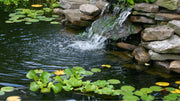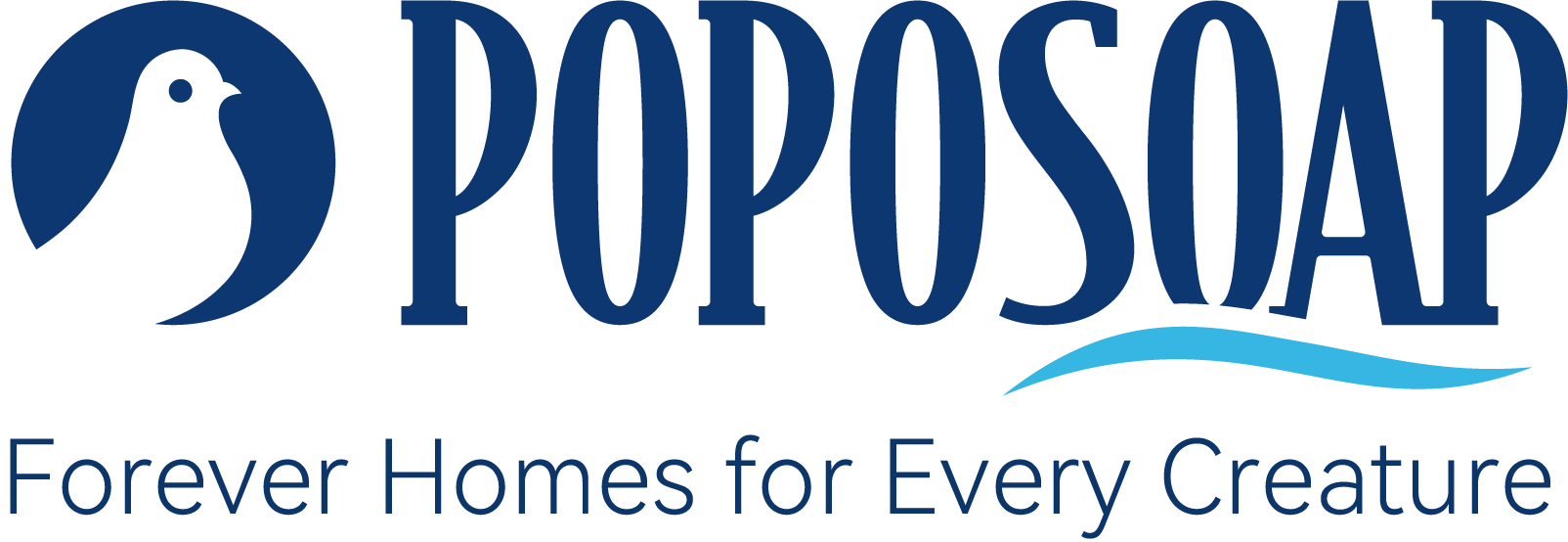
Have you ever looked into a pond and thought about what supports the incredibly wide variety of life within? Everything from microscopic organisms to large fish and amphibians depends upon the delicate balance in the energy flow within an ecosystem. In a pond ecosystem, the water food web producers, or organisms making up this web, provide the energy source at the bottom for all other forms of life. Without these crucial producers, there would be no pond ecosystem as such. This article will talk about the importance of pond water web producers and how they support a healthy ecosystem, along with their necessity in maintaining biodiversity within an aquatic ecosystem.
What are Pond Water Food Web Producers?

Producers within the pond water food web include organisms that synthesize their foods through photosynthesis, a process wherein sunlight is used to synthesize organic matter from carbon dioxide and nutrients. These producers, forming the base of the food web, serve as nourishment for primary consumers like zooplankton, small fish, and aquatic insects. The following are the common pond water web producers:
· Phytoplankton (microscopic algae)
· Aquatic plants (such as duckweed, water lilies, and submerged grasses)
· Algae include both free-floating and attached to surfaces.
· Cyanobacteria- commonly referred to as blue-green algae
These producers play a very important role in the ecosystem since they not only supply food but also oxygen, maintain nutrient cycling, and contribute to the health of the pond in general.
Importance of Pond Water Web Producers in the Ecosystem
1. Oxygen Production and Water Quality
During photosynthesis, pond producers emit oxygen into the water, quite vital for the survival of fishes, amphibians, and any other forms of aquatic life. It oxygenates the water that maintains proper chemical balances and makes it possible to support life among the aerobic species.
In well-balanced ponds, pond water food web producers contribute to clear, oxygen-rich water. However, excessive nutrients (from fertilizers, runoff, or organic waste) can lead to algae blooms, depleting oxygen levels and harming aquatic life. Managing the growth of producers is crucial for maintaining water quality.
2. Primary Food Source for Herbivores
Without pond water web producers, herbivorous consumers such as zooplankton, tadpoles, snails, and small fish would not have anything to eat. These organisms depend on producers for their energy requirements, thus constituting the next link in the food chain.
For instance,
· Phytoplankton are food for zooplankton and filter-feeding organisms.
· Aquatic plants provide grazing material for herbivorous fish and snails.
· Algae support small invertebrates, which are then preyed upon by larger predators.
This transfer of energy from producers to primary consumers is the very basis of the pond water food web.
3. Nutrient Cycling and Sediment Stabilization
Producers also play a major role in nutrient cycling. By active absorption, they pull dissolved nutrients such as nitrogen and phosphorus out of the water. This regulates the water chemistry and prevents harmful imbalances.
Besides, these rooted plants stabilize pond sediments, reducing the erosion process and preventing excess nutrients from entering the water column. This is one of the most important aspects in maintaining water clarity, preventing algal blooms.
4. Providing Habitat and Shelter
Aquatic plants and algae provide shelter for many organisms such as small fishes, tadpoles, and invertebrates that take shelter amidst plant stems and floating leaves from predators. Phytoplankton are tiny plant life in water; they house very minute zooplanktons, which are a key component in the producers' cycle of the food web of the pond water.
Producers ensure a productive habitat that lets species thrive by providing food, shelter, and breeding grounds.
Key Types of Pond Water Food Web Producers
1. Phytoplankton: The Source for the Pond Ecosystem

Phytoplankton are extremely small algae which float free in the water and are the base pond water web producers. These tiny organisms form the foundation of the aquatic food web, feeding zooplankton and filter-feeding organisms such as mussels.
Some of the more common types of phytoplankton include:
· Diatoms – Nutrient-rich, forming the base of many pond ecosystems.
· Green algae – A major oxygen producer supporting the different species of aquatic organisms.
· Cyanobacteria – While some are beneficial, most of them grow excessively and are responsible for the development of harmful algal blooms.
2. Macrophytes: Larger Aquatic Plants

Macrophytes are visible plants growing in and around the water. They come as floating, submerged, or emergent plants (partially above water). These plants provide diversity to habitats and act as an important food web producer in pond water.
Some common macrophytes include:
· Duckweed is a floating plant eaten by fish and waterfowl.
· Water lilies: These stabilize sediments and provide habitat for frogs and insects.
· Elodea (Waterweed): A submerged plant that adds oxygen to the water and nourishes herbivorous fish.
3. Algae: Primary Oxygen and Nutrient Producers

Algae are producers in the food web of the pond water that produce oxygen, enabling nutrient cycling. Some forms of algae remain free-floating while others grow attached to rocks and submerged surfaces.
Common types of pond algae:
· Filamentous algae: dense mats formed and consumed by invertebrates.
· Planktonic algae: microscopic algae forming the base food for filter-feeders.
Threats to Pond Water Food Web Producers
While the web producers contribute to the pond, their populations have to be in balance. Several factors can disturb this natural balance of nature and include:
1. Excess Nutrients/Algal Blooms
This can arise due to over-fertilization or runoff from adjacent agricultural areas releasing excess nitrogen and phosphorus, allowing algal overgrowth. This further results in decreased oxygen levels - hypoxia - which is detrimental to fish and other organisms.
2. Invasive Species
Non-native aquatic plants outcompete native producers for space and resources, reducing biodiversity within the pond ecosystem. Controlling invasive species is one of the methods to help sustain a healthy food web within pond water.
3. Pollution and Habitat Destruction
Chemical runoff, sedimentation, and loss of habitat reduces the number of producers in pond water and as such lowers the whole ecosystem. Vegetation that is natural surrounding the pond preserves the quality of the water.
How to Support a Healthy Pond Water Food Web
To ensure a balanced ecosystem with thriving pond water food web producers, consider these management tips:
· Limit fertilizer use near ponds to prevent nutrient runoff.
· Maintain native vegetation around pond edges to filtration pollutants.
· Introduce beneficial aquatic plants to support oxygenation and provide habitat.
· Monitor water quality regularly for pH, oxygen levels, and nutrient concentrations.
· Remove invasive species that could disrupt the natural balance of producers and consumers.
Conclusion
The producers in the pond water food web are vital to a balanced aquatic ecosystem. Everything from phytoplankton and algae to the larger aquatic plants forms the very base of the entire food web, providing oxygen, food, and habitat for an immense number of species. There needs to be a balance within the producers, consumers, and decomposers for a healthy pond. Knowing how to manage aquatic pond web producers restores the critical pond ecosystem and nourishes it so that for a long time it will thrive without much trouble or interference from anything else.










